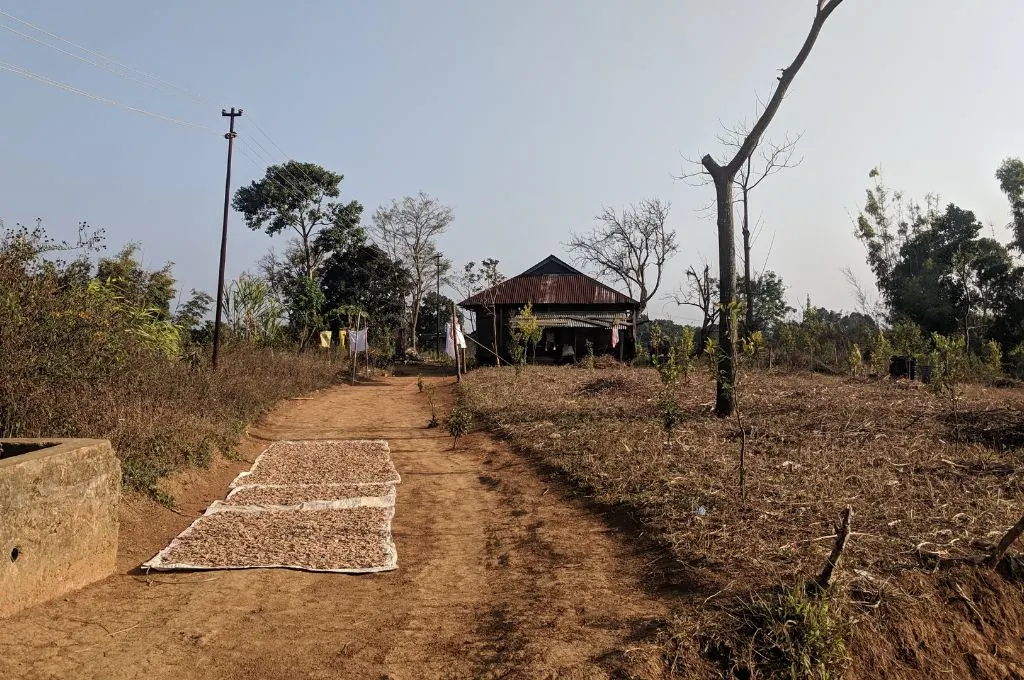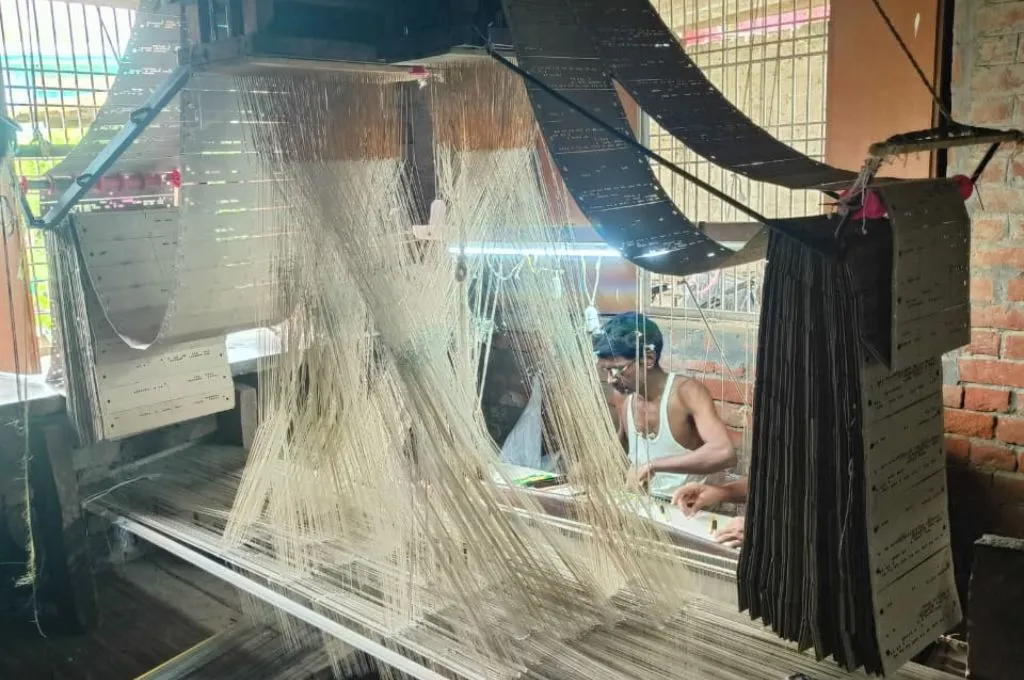In Nagaland, an old education system witnesses a revival

LEMSACHENLOK, a community-based organisation established in 2012, works on biodiversity conservation in Nagaland’s Longleng district. During the course of our work, we have identified major development gaps in the region. The biggest of these is education.
Government schools in rural areas across the district lack educators, learning material, and proper infrastructure. In order to ensure quality education for their children, many families are left with little choice but to send them to schools in nearby urban areas. This can be expensive and often means that one parent has to move with the child to the city. The family gets split in two, and the parents frequently struggle to make ends meet. The child also grows disconnected from their local culture, home, and traditions.
To tackle this challenge, we introduced the Morung education system across the region under our programme AlijoCademia.

Under this system, we visit villages and propose setting up a Morung centre in exchange for the community’s recognition of their common forests as reserve areas, and their active participation in the conservation of these forests. Once the village council agrees, we establish the centre and train a local to be a mentor. Alongside foundational education, children are immersed in traditional culture, values, arts and crafts, and conservation practices, providing a holistic, rooted, and forward-looking education.
Last month, one of the centres conducted a special session on cultural heritage. This initiative was aimed at connecting the younger generation with their roots and instilling values through intergenerational learning. Village elders were invited to share insights on developing a strong personality, including the importance of making the right decisions in life. One of the elders narrated the history and meaning behind the village’s name, helping the children understand the cultural significance of their community.
The Morung system also emphasises environmental awareness and conservation. From an early age, children are taught the importance of conservation and encouraged to build a strong connection with the environment. Thus, we try to combat the issue of education while simultaneously promoting conservation.
Nuklu Phom is the team lead at LEMSACHENLOK.
As told to Keletsino Mejura, IDR Northeast Fellow 2024–25.

–
Know more: Learn how an alder-based jhum system improves soil quality while providing residents with daily-use resources in Nagaland’s Khonoma village.
Do more: Connect with the author at mailtonukluphom@gmail.com to learn more about and support his work.




